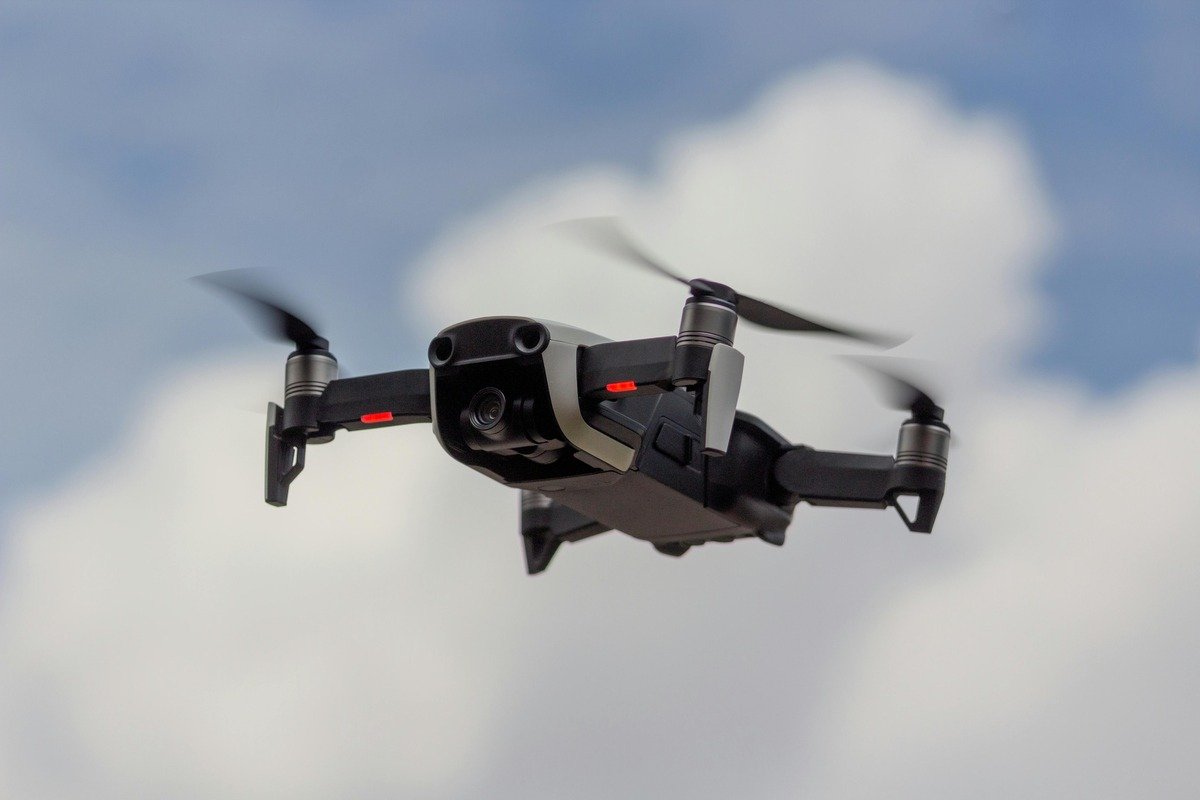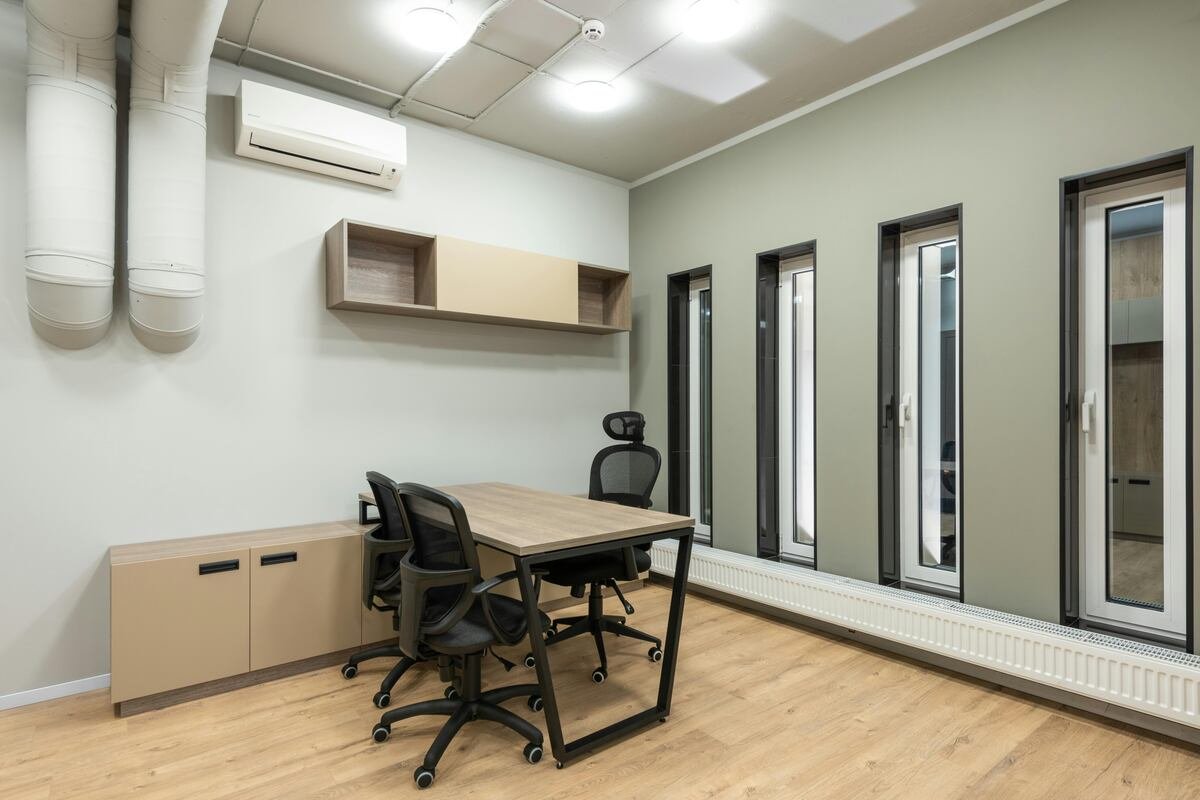In today’s era of cutting-edge technology and innovation, achieving optimal efficiency and performance is crucial. From airplanes to drones and even bicycles, every component contributes to the overall design and functionality. One often-overlooked yet essential element in this equation is the fairing. Specifically, air tech small fairings have revolutionized streamlined design, making them a key factor in enhancing aerodynamics and efficiency.
What Are Air Tech Small Fairings?
Air tech small fairings are specialized panels or structures crafted to minimize air resistance and drag. Their application spans vehicles, aircraft, drones, and sports equipment, providing smoother airflow around specific parts. While fairings come in various shapes and sizes, their primary purpose remains the same: to improve aerodynamics and boost efficiency.
These innovative fairings reduce turbulence, streamline airflow, and decrease energy loss, leading to improved performance and fuel efficiency. Advances in material science and design techniques have made air tech small fairings more effective, lightweight, and durable than ever before.
How Air Tech Enhances Small Fairings
Air tech represents the fusion of advanced airflow dynamics and engineering principles. When applied to small fairings, it leverages modern tools and materials to optimize performance. Here are some key ways air tech improves small fairings:
1. Computational Fluid Dynamics (CFD):
CFD technology allows engineers to simulate and analyze airflow patterns. This enables precise design modifications to minimize drag and turbulence, ensuring that small fairings perform effectively under varying conditions.
2. Lightweight Materials:
Modern air tech small fairings use advanced materials such as carbon fiber and composites. These materials are not only strong but also lightweight, reducing overall weight and enhancing energy efficiency.
3. Modular Configurations:
Air tech has facilitated the creation of modular fairing designs that can be customized for specific applications. For instance, fairings designed for drones differ in shape and purpose from those used in automobiles or bicycles.
4. Noise Reduction:
An additional advantage of air tech small fairings is their ability to lower noise levels. By smoothing airflow, they reduce wind noise, which is particularly valuable in aviation and automotive industries.
Applications of Air Tech Small Fairings
1. Aviation:
In the aviation sector, air tech small fairings are used to streamline areas such as landing gear and wing joints. These fairings enhance fuel efficiency, reduce drag, and contribute to smoother flight dynamics.
2. Automotive Industry:
Cars and motorcycles incorporate small fairings to boost both aesthetics and performance. These fairings improve fuel economy by minimizing air resistance while also giving vehicles a sleek and modern appearance.
3. Drones and Robotics:
Drones rely heavily on aerodynamics for efficient flight. By incorporating air tech small fairings, drones achieve extended flight times and greater stability, thanks to optimized airflow around their frames.
4. Bicycles and Sports Equipment:
In competitive sports, cyclists use air tech small fairings on bikes and helmets to reduce drag. This aerodynamic advantage translates into improved speed and endurance during races.
Benefits of Air Tech Small Fairings
1. Enhanced Efficiency:
By reducing drag, air tech small fairings improve energy efficiency, resulting in lower fuel consumption for vehicles and longer operational times for drones.
2. Improved Performance:
Streamlined designs enabled by small fairings significantly boost performance, whether it’s a plane cruising at high altitudes or a cyclist racing to the finish line.
3. Versatility:
The adaptability of air tech small fairings makes them suitable for a wide range of applications, from aviation to sports and beyond.
4. Sustainability:
By improving fuel efficiency and reducing energy waste, air tech small fairings contribute to eco-friendly practices, aligning with global sustainability goals.
Challenges and Future Innovations
While air tech small fairings offer numerous advantages, there are challenges in their development. Designing and testing these components requires significant time and investment. Moreover, balancing durability with lightweight construction remains an ongoing hurdle.
Looking ahead, advancements in artificial intelligence and machine learning are expected to refine the design process further. Emerging materials like graphene and bio-composites hold promise for creating fairings that are even lighter, stronger, and more sustainable.
Conclusion
Air tech small fairings are far more than simple components—they are transformative elements that enhance design, performance, and efficiency across multiple industries. From improving aerodynamics in aircraft to boosting speed in competitive cycling, these innovative structures demonstrate the power of modern engineering. As technology continues to evolve, the potential of air tech small fairings will only grow, shaping the future of streamlined design and sustainable innovation.










